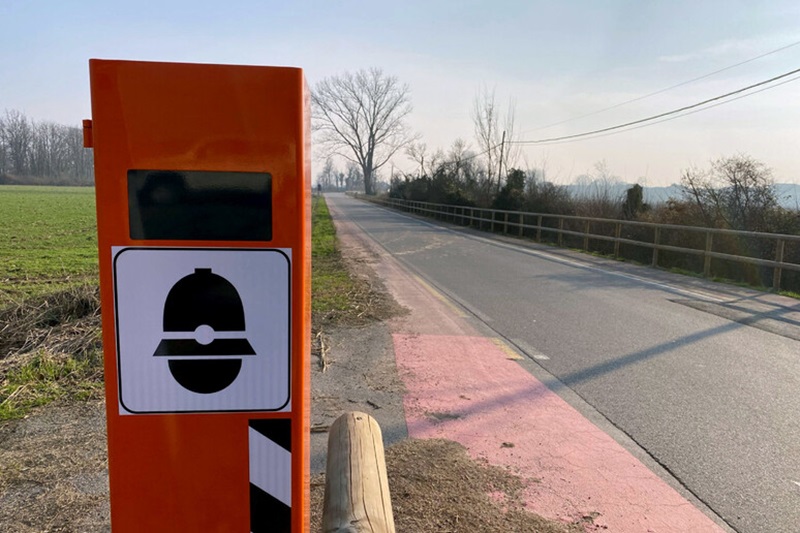Cleverly created disinformation by the Kremlin is certainly nothing new. There is, however, one story that risks becoming the new spearhead of the complex information control operation orchestrated by Vladimir Putin's regime. It is revealed by the New York Times, according to which the Kremlin went so far as to create a fake investigative journalist, who works on (false) investigations with information obtained using artificial intelligence. Last August, a video of an alleged investigative journalist began circulating. His name is Mohamed al-Alawi and he arrives with a big scoop: the mother-in-law of Ukrainian President Volodymyr Zelensky has bought a villa in El Gouna, on the edge of the Red Sea. It goes without saying that the story is not true, but it still manages to travel around the world. Four months later, news began to circulate that the journalist in question, Mohamed al-Alawi, had been beaten and killed in Egypt. Blame? Among the Ukrainian secret services, he comes from Russia. But even then, no factual evidence is presented to prove it.
False narratives
These examples, explains the New York Times, are nothing other than demonstrations of the new Russian disinformation machine, which adopts new techniques, starting from the creation of so-called information sites pretending to be American but in reality managed by Russia to poison the debate public with Kremlin propaganda. On some platforms, such as YouTube, al-Alawi's early videos were removed. Others, like X and Telegram, do little to limit its spread. Indeed, this content is often re-launched by large bot networks whose task is to give the impression that this story is popular. The common thread that connects many of these fake news stories is Moscow's desire to make Ukraine's leaders look bad to the rest of the world. It is in this sense that it is appropriate, for example, to read two other exemplary stories. The first concerns the (invented) purchase by the son of George Soros – a regular target of the far right and Putin's Russia – of a toxic waste dump in Ukraine. The other concerns an African doctor who allegedly claimed to have removed organs from wounded Ukrainian soldiers to transplant them into NATO officer corps.
The hand of AI
The problem, notes the New York Times, is that this false news is often also relaunched by Western politicians to discredit support for Ukraine. “Are there people who would cut social security and throw our grandparents into poverty so that one of Zelensky's ministers can buy a bigger yacht?” attacked Republican Senator JD Vance. The reference in this case was the false news that the Ukrainian president purchased two yachts for $75 million. In recent years, the Kremlin has been able to count on a new ally in its orchestrated disinformation machine: artificial intelligence. An example of this is deepfake videos modified specifically to tarnish the reputation of Yulia Navalnaya, widow of Russian dissident Alexei Navalny, through fake extramarital affairs.
Cover photo: EPA/Sergei Ilnitsky | Vladimir Putin celebrates the 10th anniversary of the reunification of Crimea with Russia (Moscow, March 18, 2024)


